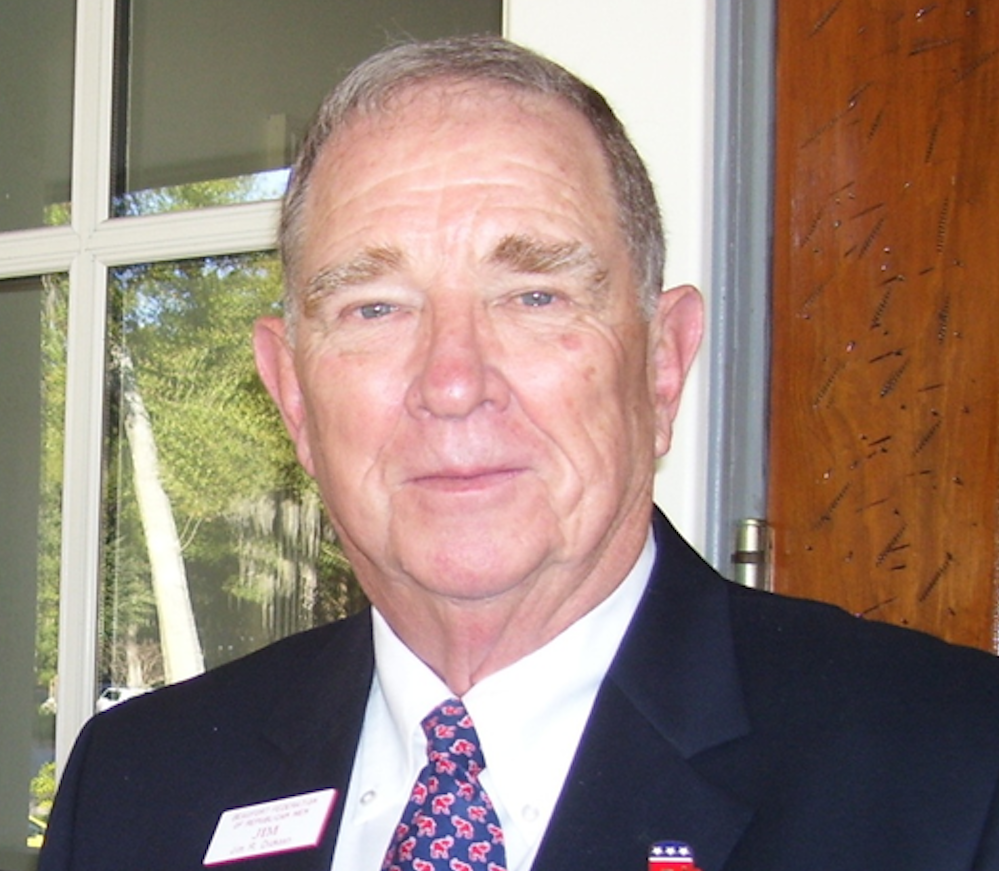Sometimes it’s interesting to speculate what the future might be like, so let’s move forward in time to the year 2035. The “Green New Deal” is in full force.
All of the coal burning and most of the gas powered power plants are closed down. The majority of electricity comes from wind or solar, and most of the time there is ample power for the nation’s needs. There are only a few ‘brown outs” in California and New York City from time to time, but they are pretty much used to it by now and have adapted.
The summer of 2035 has been unusually hot and dry all across the country so air conditioners are running on high most of the time, and it’s putting a real stain on the electric grids. The thousands of wind turbines that were erected in early part of the century are now requiring constant repairs, and it’s hard to find trained workers who are willing to climb to the top of the towers to make repairs, so hundreds are now out of service and off the grid.
To make matters worse, for some reason the wind is not blowing in areas where it has always been dependable, and now there are no fossil fueled power plants to back them up. Maybe it’s a symptom of global warming. The government’s program to put an electric vehicle in every garage has been extremely successful, and with the summer travel season in full force cars and trucks are charging all over America.
Even though it’s been well known for many years that the electrical grid is not capable of handling a heavy load like this, little has been done to rebuild and upgrade the old system. The utility companies can’t or are not willing to spend the billions of dollars that it would take for the upgrades and Congress is thinking that the only solution is to nationalize the nation’s electric utilities, but there is a lot of push back on this, so nothing much has been done. What could possibly go wrong?
Mount St. Helena is what could go wrong. After lying dormant for the past 55 years, it blows its top again, sending smoke and ash high into the atmosphere. The prevailing winds blow it east, blotting out the sun and spreading ash across most of the country.
This, like last time, lasts for weeks. Solar power production is cut in half and the electric grids fails and large portions of the country go dark.
What else could go wrong?
It’s August and the National Weather Service announces that a Category 5 hurricane is in the Caribbean Sea and is heading for the east coast of the United States. It has already passed over and devastated several of the islands in its path and is predicted to reach land somewhere between Miami and Ft. Lauderdale. It will work its way up the east coast along the I95 corridor to Georgia, South Carolina, North Carolina and Virginia before it goes out to sea off the coast of Virginia.
The governors of all the affected states declare a state of emergency and order mandatory evacuations to begin immediately. People load up what by now, are mostly electric cars which are in various states of charge or discharge and head for the evacuation routes.
Soon I-95 and I-75 are full of cars from the states north of Florida, and by the time the Florida residents reach Georgia, the highways are moving at a snail’s pace. The cars that didn’t have a full charge are now running out of power and dying, they block the roads for the cars that do have power or the few that still run on gasoline; soon traffic is at a standstill. With no way to charge the thousands of dead electric cars and trucks and no way to move them out of the way the occupants are left at the mercy of the August sun which is now in the high nineties, with no food, no water and no sanitary facilities and no hope of rescue. The ones who can, start walking looking for help and shelter.
The hurricane has reached land and by now is down to a Category 4, which has winds of only 150 miles per hour, down from 175 miles per hour. It is heading directly for the thousands of cars stuck on the highway and the many hundreds of people walking along the roads with no place to shelter. Not a pretty picture is it?
For you folks who have lived in the upper Midwest think about what happens when a Canada Clipper drops down into the U.S. bringing sub-zero temperatures, high winds, lake effect snow and blizzard conditions all along the I-90 corridor from New York to Michigan. With drifting snow and “white out” conditions a tractor trailer jack knives on the ice blocking the highway and several cars run into it creating a huge traffic jam, Traffic comes to a standstill. You are sitting there in your electric car with the heater running hoping that the charges holds out until the snow plow can come and clear the road before you run out of power and freeze to death.
I have been there with a full tank of gas, and it’s still not a good feeling because you don’t know when or if the road will be cleared. I am sure some of you have been there too.
I admit that all of this is a worst case scenario, but the fact is that the storms and eruptions have happened in the past, and most likely will happen again. I just can’t help but wonder if there are some really smart people in the departments of Energy and Transportation who have this all this figured out before we are forced into my hypothetical 2035.
If they have the answers I sure do hope that they share them with us before I have to give up my “Gas Guzzler.”
Born, raised and educated in the Southwest, Jim Dickson served in the U.S. Navy Reserve in Vietnam before a 35- year business career. Retired to St. Helena Island, Dickson and his wife are fiscally conservative, socially moderate and active in Republican politics, though they may not always agree with Republicans. Having lived around the country and traveled around the world, Dickson believes that the United States truly is the land of opportunity.








